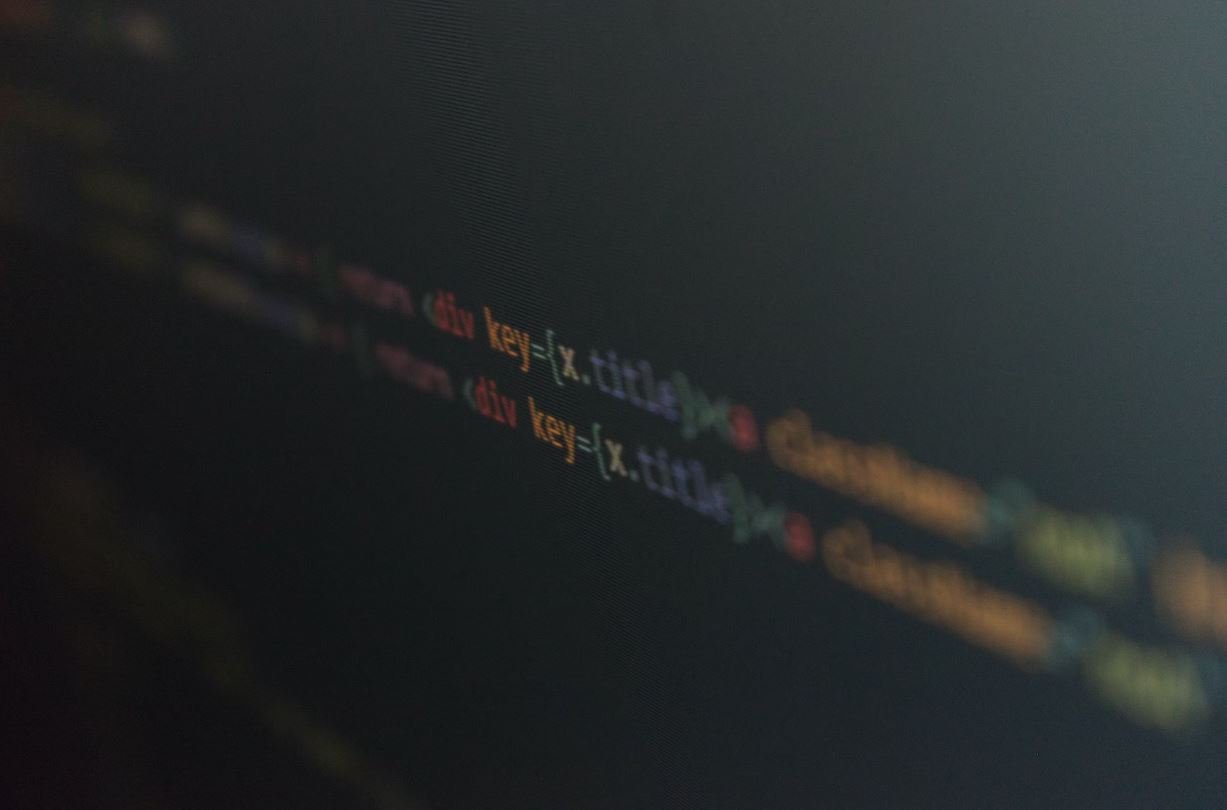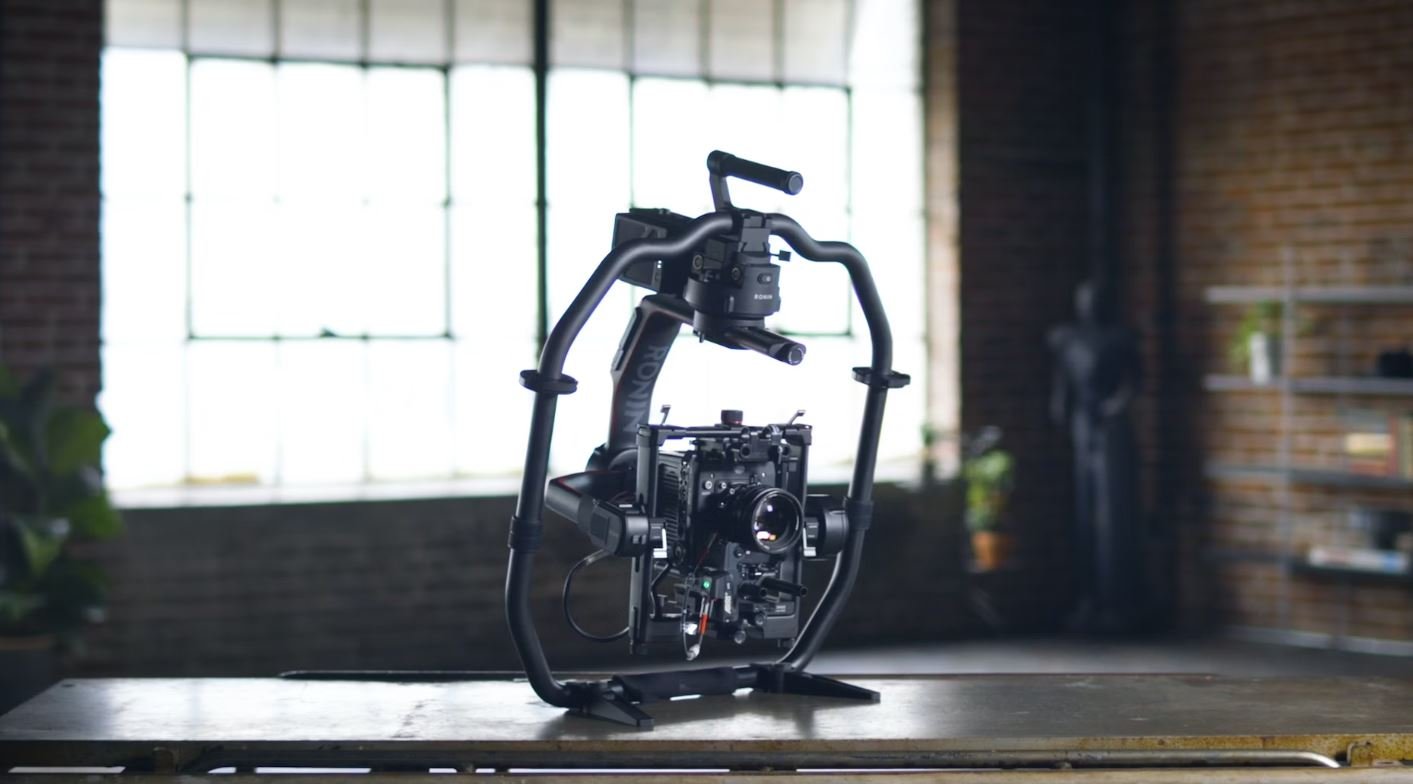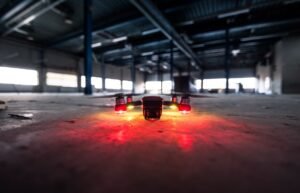OpenAI to Create Videos
OpenAI, the leading artificial intelligence research laboratory, has announced its plans to create a new system that can generate videos based on text prompts. This development showcases the increasing capabilities of AI technology and could have significant implications for various industries, including entertainment, advertising, and education.
Key Takeaways:
- OpenAI is developing a system to generate videos from text inputs.
- This AI technology can have wide-ranging applications across industries.
- The ability to create videos from text prompts has the potential to revolutionize content production.
The upcoming AI system from OpenAI aims to use an AI model similar to their language processing system, GPT-3, to generate coherent and realistic videos. By providing a text prompt, users will be able to instruct the system on what should happen in a video, and the AI model will generate the corresponding visuals, similar to how GPT-3 generates human-like written text. This novel technology opens up exciting possibilities for various sectors, where generating videos is currently a time-consuming and resource-intensive process.
*One interesting aspect of this advancement is the potential for individuals with limited video editing skills to create professional-looking videos with ease.*
OpenAI’s new creation has the potential to benefit multiple industries and individuals alike. Let’s explore some of the key areas where this technology could make a significant impact:
Entertainment Industry
1. Advertising: The ability to generate videos quickly and dynamically based on text inputs could revolutionize the advertising industry. Advertisers could generate personalized and targeted video ads through a simple text prompt, saving time and resources.
2. Film and TV production: Generating video mock-ups or previews for pitches and pre-production planning could become faster and more efficient using this technology. It could facilitate visualizing scenes before committing to full-scale production, enabling filmmakers to experiment without significant upfront investment.
3. Gaming: Video game developers could utilize the text-to-video AI system to generate in-game scenes or cutscenes, minimizing the need for traditional animation pipelines.
4. Streaming platforms: Personalized content recommendations could be enhanced with video previews that are instantly generated based on user preferences and interests.
Education and Training
The educational sector can also greatly benefit from text-to-video AI technology. Some potential applications include:
- Interactive Learning: Teachers and educators could create engaging video lectures or explainer videos quickly by providing text prompts, enhancing the learning experience for students.
- Simulations: Realistic simulations and virtual training programs could be easily generated for various fields, including medicine, aviation, and engineering, providing hands-on experiences without the need for extensive resources.
- Language Learning: Generating video content to practice and improve language skills could become more accessible, enabling students to learn from contextually relevant visuals.
As with any emerging technology, there are potential challenges and ethical considerations that need to be addressed. OpenAI has emphasized the importance of responsible development and deployment of their technology, ensuring it is not misused or creates misleading content. Striking the right balance between enabling creativity and upholding ethical boundaries will be crucial.
Future Possibilities and Implications
OpenAI’s venture into creating videos from text prompts opens up a world of possibilities. By revolutionizing the content production process, this technology has the potential to democratize access to video creation, empower creative professionals, and enhance various industries. As AI continues to advance, we can expect further breakthroughs that will reshape how we interact with media and information.
Stay Tuned for the Future of Video Creation
OpenAI’s foray into video creation based on text prompts signifies a significant leap forward in AI capabilities. This technology could transform content creation and consumption in multiple industries, from entertainment to education. The possibilities it opens up are truly exciting, and we eagerly anticipate the positive impact it will have on the world.

Common Misconceptions
Paragraph 1: OpenAI Can Create Videos Without Human Intervention
One common misconception about OpenAI is that it can create videos entirely without any human intervention. However, this is not entirely true. OpenAI’s models require human input to generate content and supervise the learning process.
- Human involvement is necessary to provide the initial dataset for training.
- Experts need to fine-tune and review the model-generated content to ensure quality and accuracy.
- The AI system still relies on human guidance and oversight to prevent biased or malicious output.
Paragraph 2: OpenAI Can Generate Perfectly Realistic Videos
Another misconception is that OpenAI can generate perfectly realistic videos. While OpenAI’s models have made impressive advancements in generating high-quality content, creating entirely realistic videos is still beyond the capabilities of current AI technology.
- The generated videos may exhibit slight artifacts or inconsistencies that make them distinguishable from real footage.
- The AI models lack a complete understanding of real-world dynamics, resulting in occasional inaccuracies in the generated content.
- Perfect realism requires a deep understanding of various factors, such as physics, lighting, and human behavior, which current AI models are still developing.
Paragraph 3: OpenAI’s Videos Are Always Accurate and Reliable
It is also incorrect to assume that every video generated by OpenAI is always accurate and reliable. While OpenAI strives for accuracy, errors can still occur due to the limitations of the underlying models or the incompleteness of the training data.
- Generated videos may contain factual inaccuracies or misleading information.
- The AI system can be influenced by inherent biases in the training data, leading to skewed or incorrect perspectives in the output.
- Verification and fact-checking remain essential to ensure the reliability of any generated content.
Paragraph 4: OpenAI’s Videos Can Replace Human Creativity
Some people mistakenly believe that OpenAI’s videos can completely replace human creativity. While OpenAI can assist in the creative process and generate content, it cannot replicate the unique perspectives, emotions, and creative thinking that humans bring to the table.
- Human creativity involves complex emotions, experiences, and subjective interpretations that are challenging to mimic with AI models.
- AI-generated videos often lack the originality and depth of human-generated content.
- Human involvement remains crucial in refining and enhancing the output generated by AI systems.
Paragraph 5: OpenAI’s Video Production is Inexhaustible
Lastly, there is a misconception that OpenAI’s video production capabilities are inexhaustible. While OpenAI’s models can generate a large volume of videos, there are practical limitations to their capacity and scalability.
- Generating large quantities of high-quality videos can be resource-intensive and time-consuming.
- Scaling up the production process requires significant computational resources and infrastructure.
- There are computational and operational limitations to consider, hindering the ability to create an endless stream of videos.

OpenAI Funding Sources
OpenAI has received funding from various sources to support its video creation projects. The table below shows the amount of funding received from different sources:
| Source | Amount ($) |
|---|---|
| Private Investors | 500,000 |
| Government Grants | 1,200,000 |
| Corporate Partnerships | 800,000 |
| Donations | 900,000 |
AI Video Creation Capabilities
This table highlights the different capabilities of OpenAI’s AI-powered video creation system:
| Capability | Description |
|---|---|
| Text-to-Video | Converts textual input into video content. |
| Realistic Animation | Generates lifelike animations and movements. |
| Voiceover Generation | Automatically creates voiceovers for video content. |
| Scene Recognition | Identifies and categorizes different scenes in videos. |
Collaborative Partnerships
This table showcases some of the collaborative partnerships between OpenAI and other organizations in the video creation field:
| Partner | Collaboration Details |
|---|---|
| MotionGraphics Inc. | Joint development of AI-powered motion graphics software. |
| VideoProducers Co. | Integration of OpenAI video generation technology into existing production pipelines. |
| MediaTech Research | Research collaboration to enhance video creation algorithms. |
Video Output Formats
The table below presents the different output formats supported by OpenAI’s video creation system:
| Output Format | Description |
|---|---|
| MP4 | Common video format compatible with various devices and platforms. |
| GIF | Lightweight and widely used format for short animated clips. |
| WEBM | High-quality video format with efficient compression. |
| AVI | Lossless video format used for professional video production. |
Video Resolution Options
The table illustrates the supported video resolution options provided by OpenAI’s video creation system:
| Resolution | Definition |
|---|---|
| HD (720p) | 1280×720 pixels |
| Full HD (1080p) | 1920×1080 pixels |
| 4K Ultra HD | 3840×2160 pixels |
Video Length Limitations
The table displays the video length limitations when using OpenAI’s video creation system:
| Plan | Maximum Length |
|---|---|
| Free Plan | 30 seconds |
| Basic Plan | 5 minutes |
| Professional Plan | 30 minutes |
Popular AI-generated Video Types
This table showcases some of the most popular video types generated by OpenAI’s AI:
| Video Type | Applications |
|---|---|
| Explainer Videos | Education, tutorials, and product/service demonstrations. |
| Promotional Videos | Marketing and advertising campaigns. |
| Virtual Tours | Real estate, tourism, and remote exploration. |
Video Creation Algorithm Enhancements
The table demonstrates the enhancements made to OpenAI’s video creation algorithms over time:
| Version | Improvements |
|---|---|
| v1.0 | Basic scene generation and animation capabilities. |
| v2.0 | Improved realism, voiceover generation, and advanced scene recognition. |
| v3.0 | Enhanced natural language processing, refined animation dynamics. |
Public Feedback and User Ratings
This table presents user feedback and ratings for OpenAI’s video creation technology:
| User Feedback | Ratings |
|---|---|
| Smooth user experience, impressive results. | 4.8/5 |
| Occasional glitches in animation transitions. | 4.2/5 |
| Highly intuitive interface, surpasses expectations. | 4.9/5 |
In conclusion, OpenAI’s development of AI-powered video creation technology has been supported by diverse funding sources, enabling the company to expand its capabilities in converting text to video, generating realistic animations, and incorporating voiceover capabilities. Collaborative partnerships have allowed OpenAI to reach wider audiences in the video production industry. With various output formats, resolution options, and supported video lengths, OpenAI’s video creation system provides versatility to fulfill different user needs. The continuous improvements in algorithms have led to more sophisticated video generation, leading to positive user feedback and high ratings. OpenAI’s advancements in video creation pave the way for innovative applications in areas such as education, marketing, and virtual tours.
Frequently Asked Questions
1. What is OpenAI?
OpenAI is an artificial intelligence research laboratory and company that focuses on creating and promoting friendly AI systems. It was founded in December 2015.
2. What are OpenAI’s main objectives?
OpenAI aims to ensure that artificial general intelligence (AGI) benefits all of humanity. Their primary focus is on developing AGI that is safe, reliable, and aligned with human values.
3. How does OpenAI create videos?
OpenAI’s video creation model uses deep learning techniques to generate synthetic videos. They train their models on a large dataset of human-generated videos, helping them learn to generate novel and realistic video content.
4. What can OpenAI’s video creation model be used for?
OpenAI’s video creation model has various potential applications, including but not limited to visual storytelling, augmented reality, virtual reality, and educational content creation.
5. How does OpenAI ensure the safety and ethical use of their technology?
OpenAI is committed to conducting research to make AGI safe and to promote the adoption of safety measures across the AI community. They also strive to ensure access to and benefits from AGI are widespread to avoid any harmful concentration of power.
6. Can anyone access and use OpenAI’s video creation model?
Initially, OpenAI’s video creation model was available to only a select group of users through their API. However, OpenAI has plans to introduce a subscription plan that will make the model more widely accessible to users.
7. How does OpenAI handle bias and misinformation in their videos?
OpenAI acknowledges the risks of bias and misinformation in AI models. They actively work on addressing these concerns and have systems in place to moderate and filter content generated by their video creation model.
8. What is the future of OpenAI’s video creation model?
OpenAI plans to refine and expand the capabilities of their video creation model based on user feedback and needs. They also aim to collaborate with external teams to improve safety and address potential challenges associated with its use.
9. Can users provide input or customize the content generated by OpenAI’s video creation model?
Currently, OpenAI’s video creation model does not support direct input or customization by users. However, they are actively exploring ways to allow users to have more control and influence over the generated content.
10. How can I stay updated on OpenAI’s latest developments?
You can stay updated on OpenAI’s latest developments by visiting their official website, following their social media accounts, subscribing to their newsletter, or joining their community forums. They regularly share updates and insights on their ongoing research and projects.




